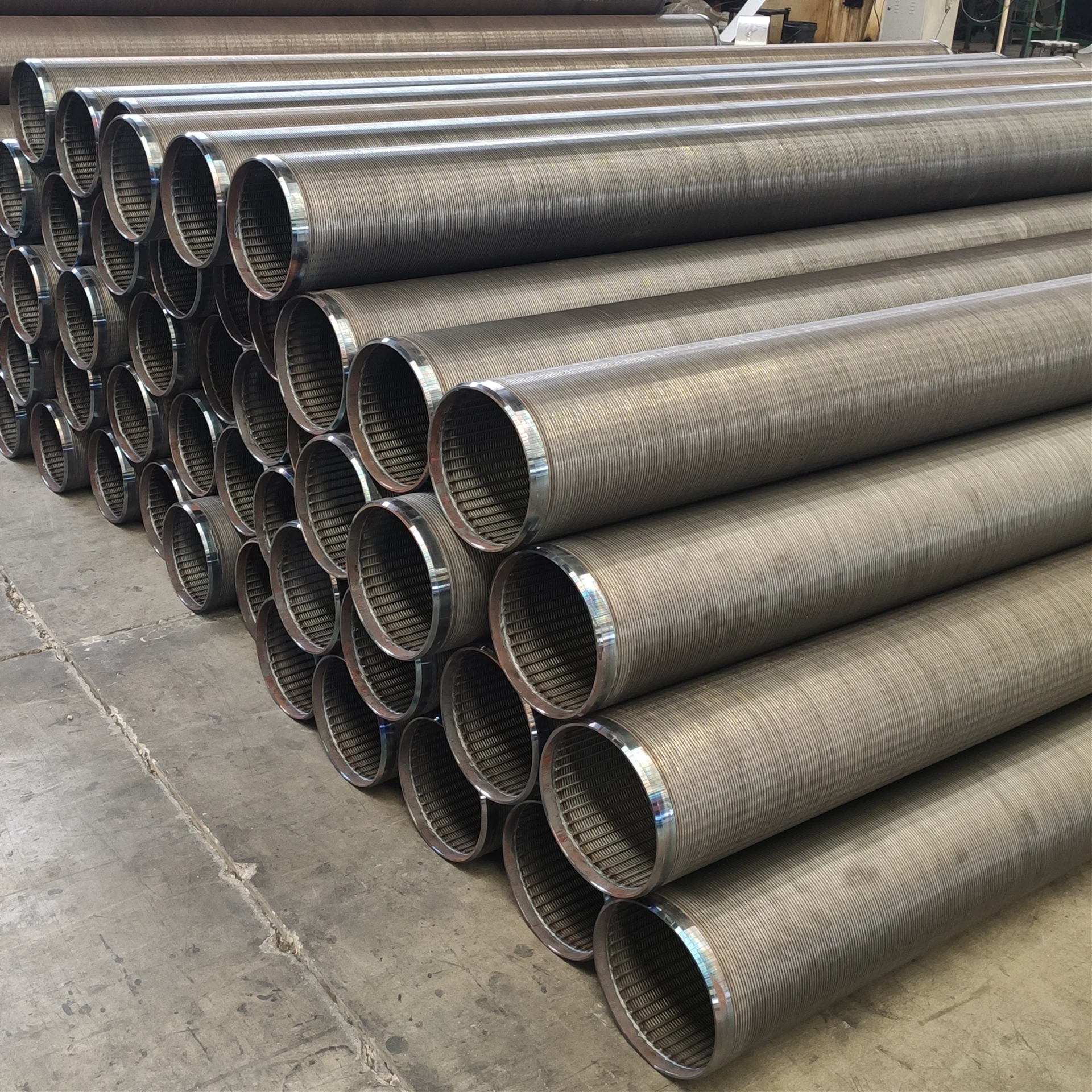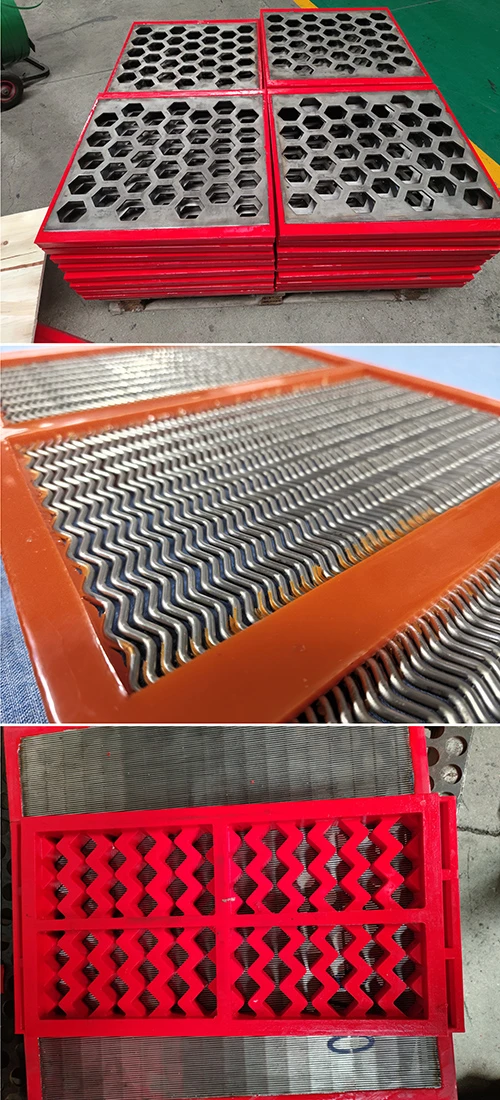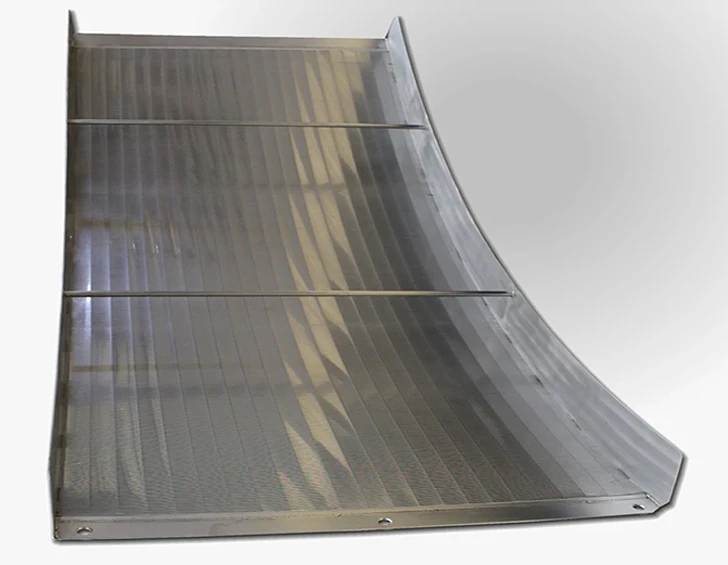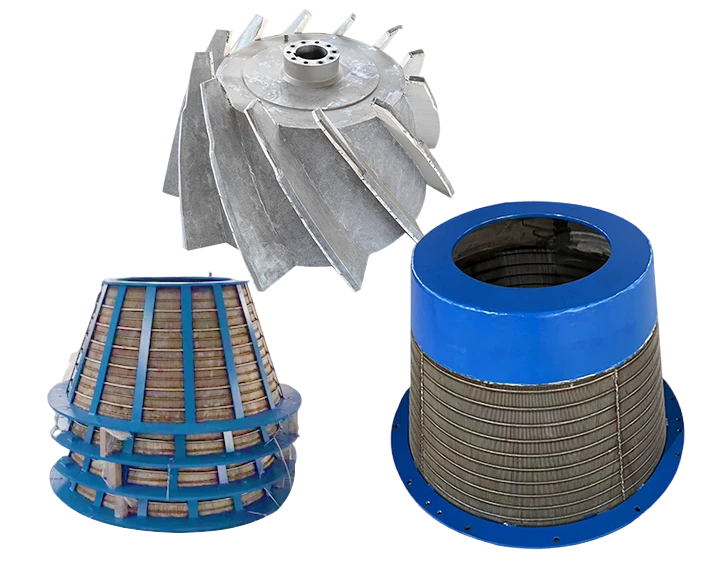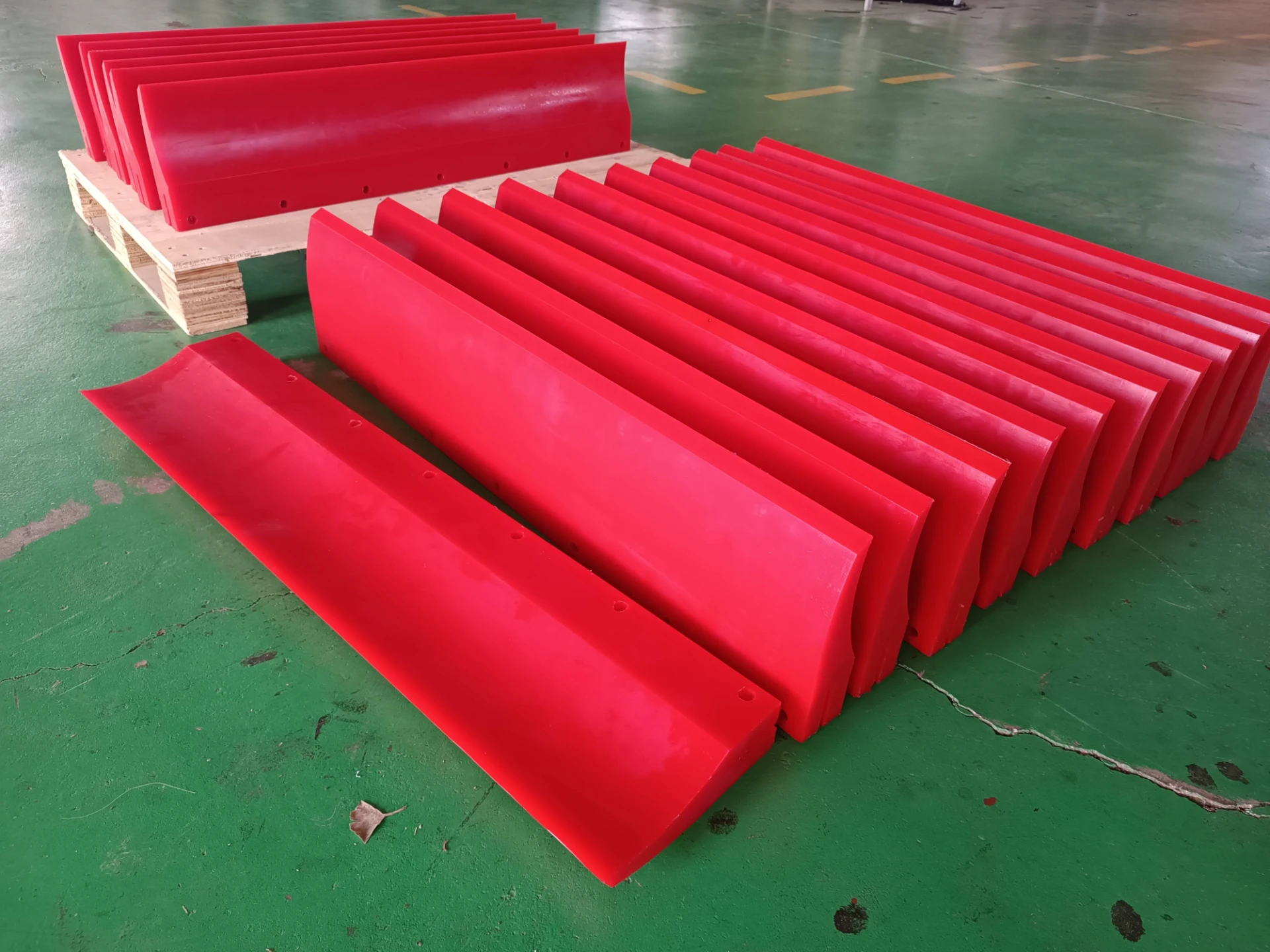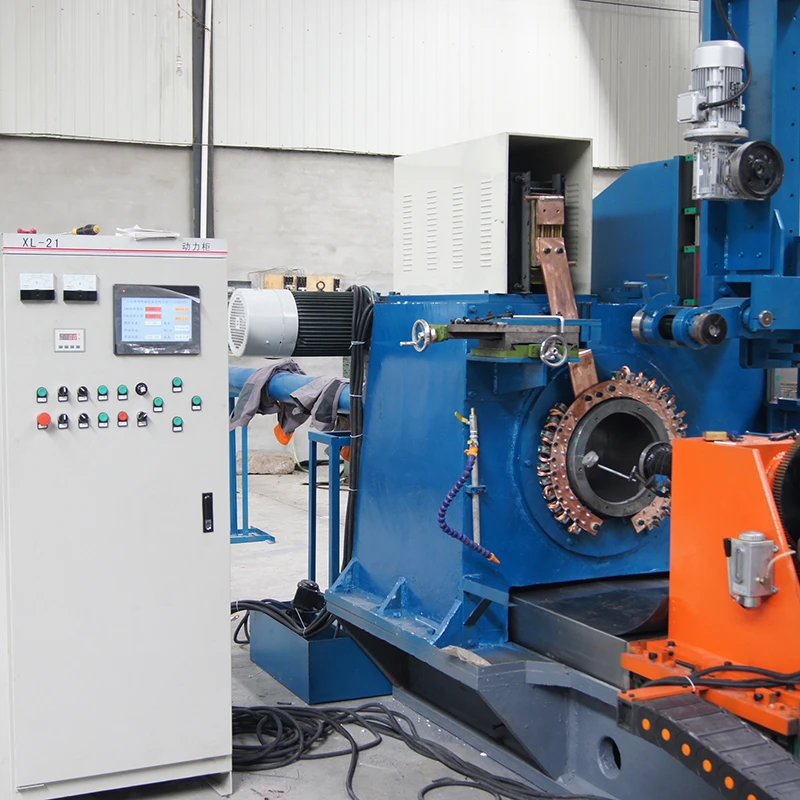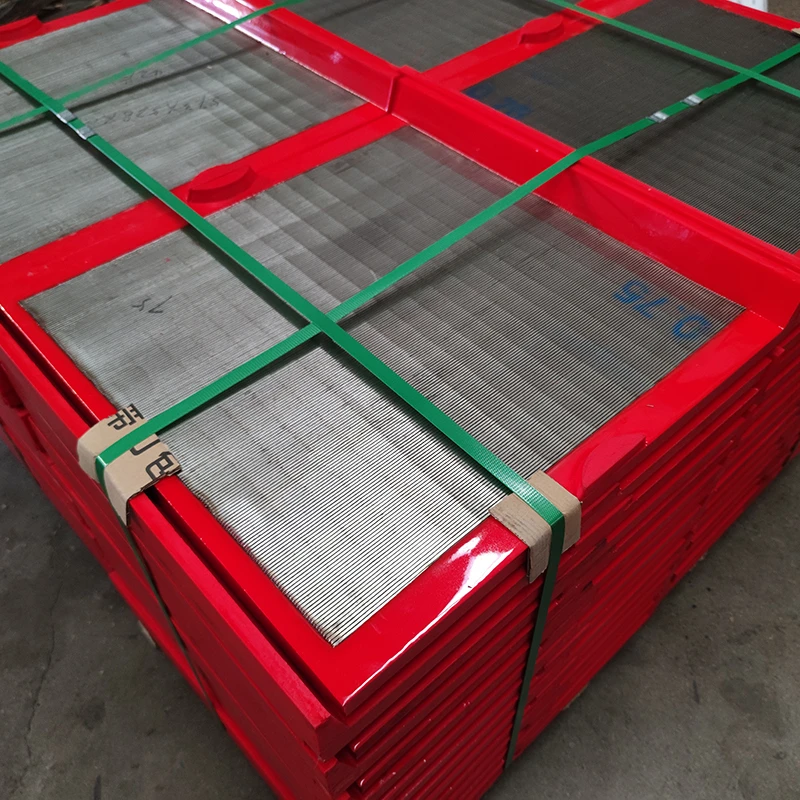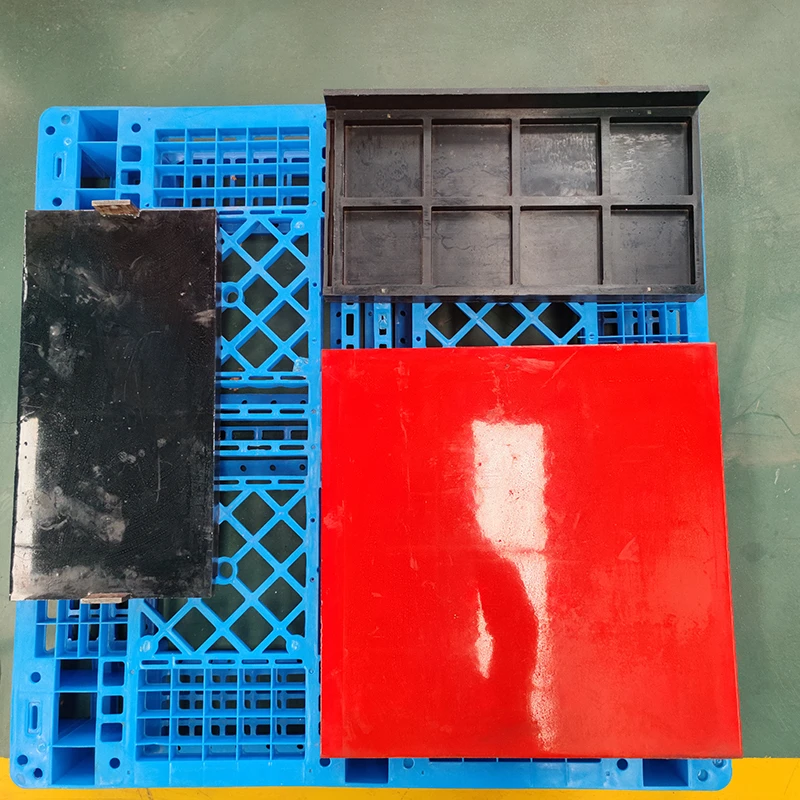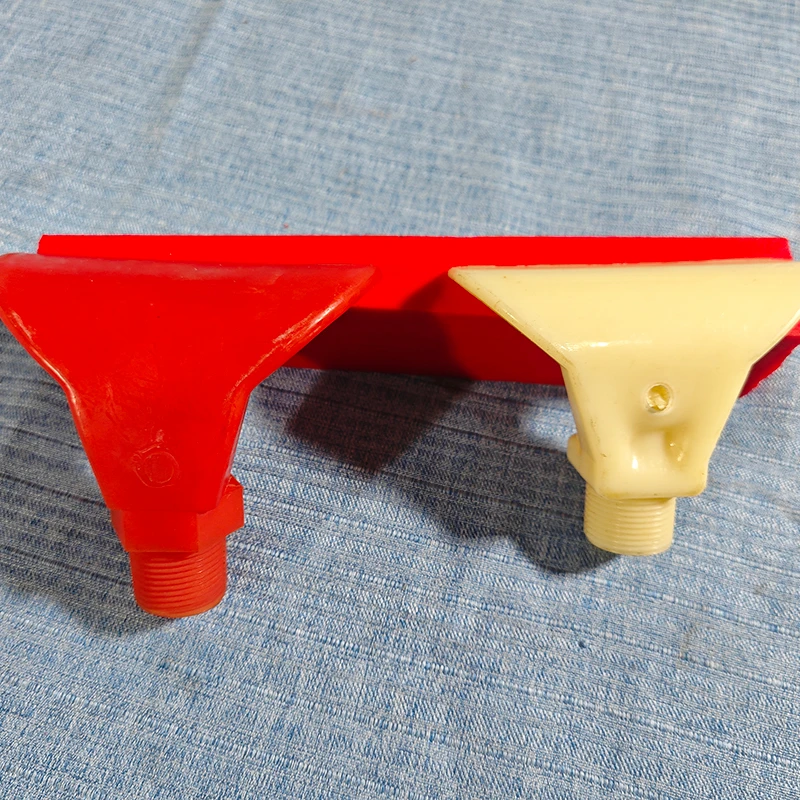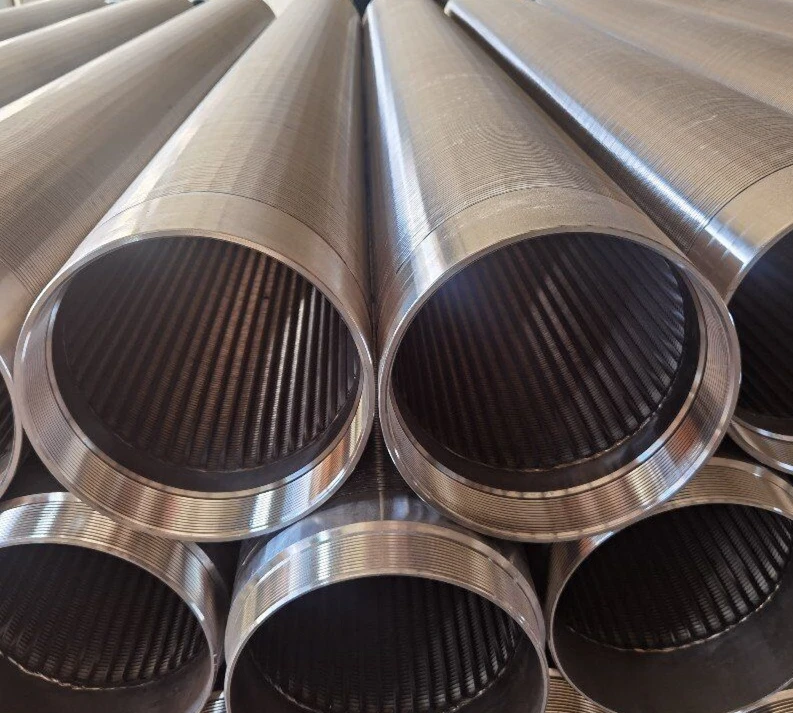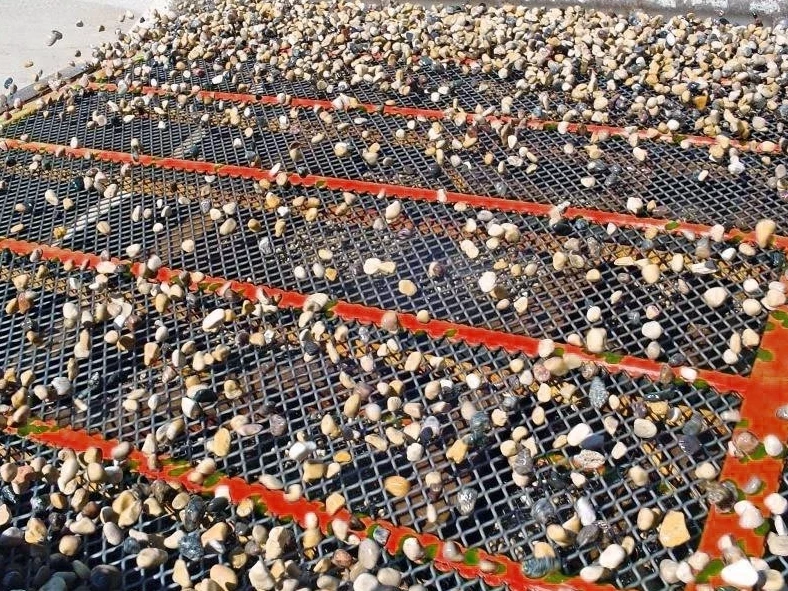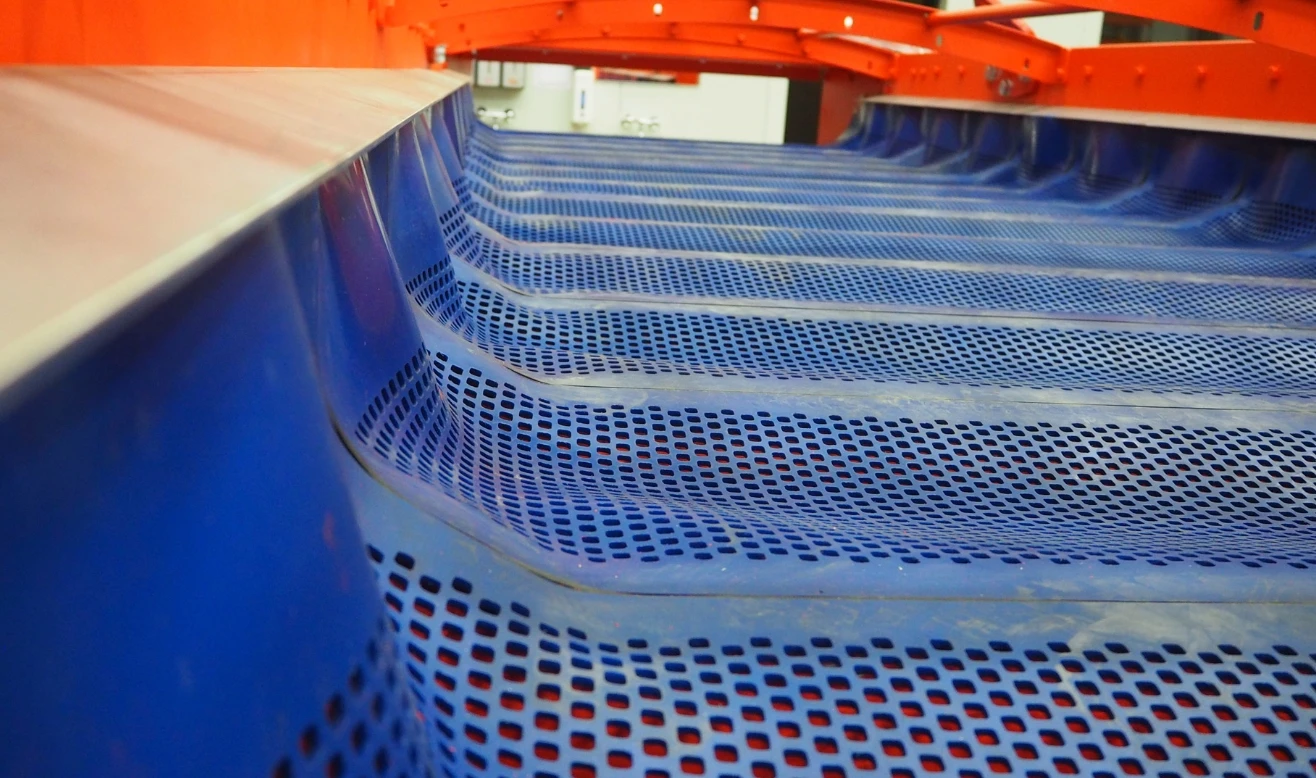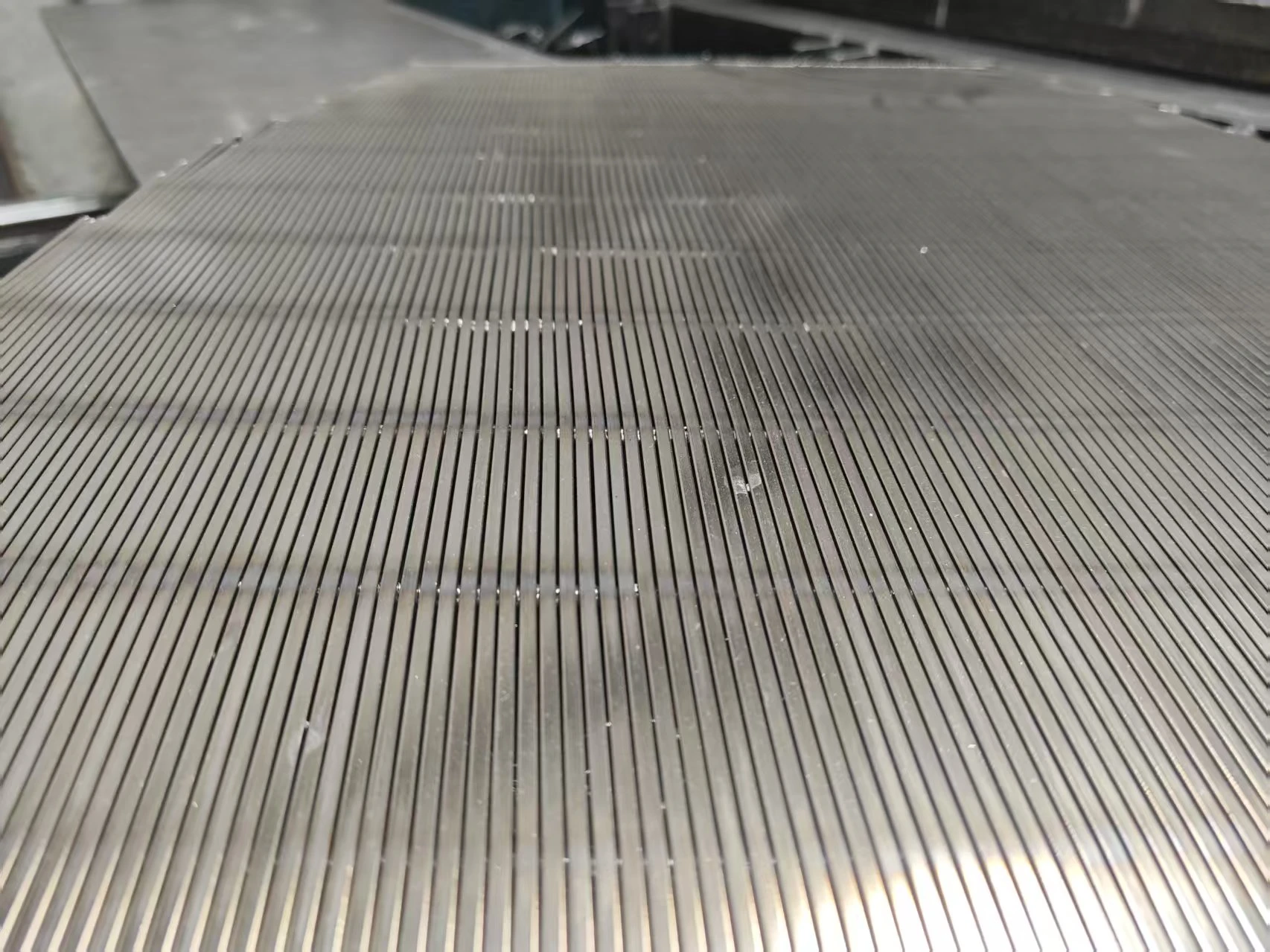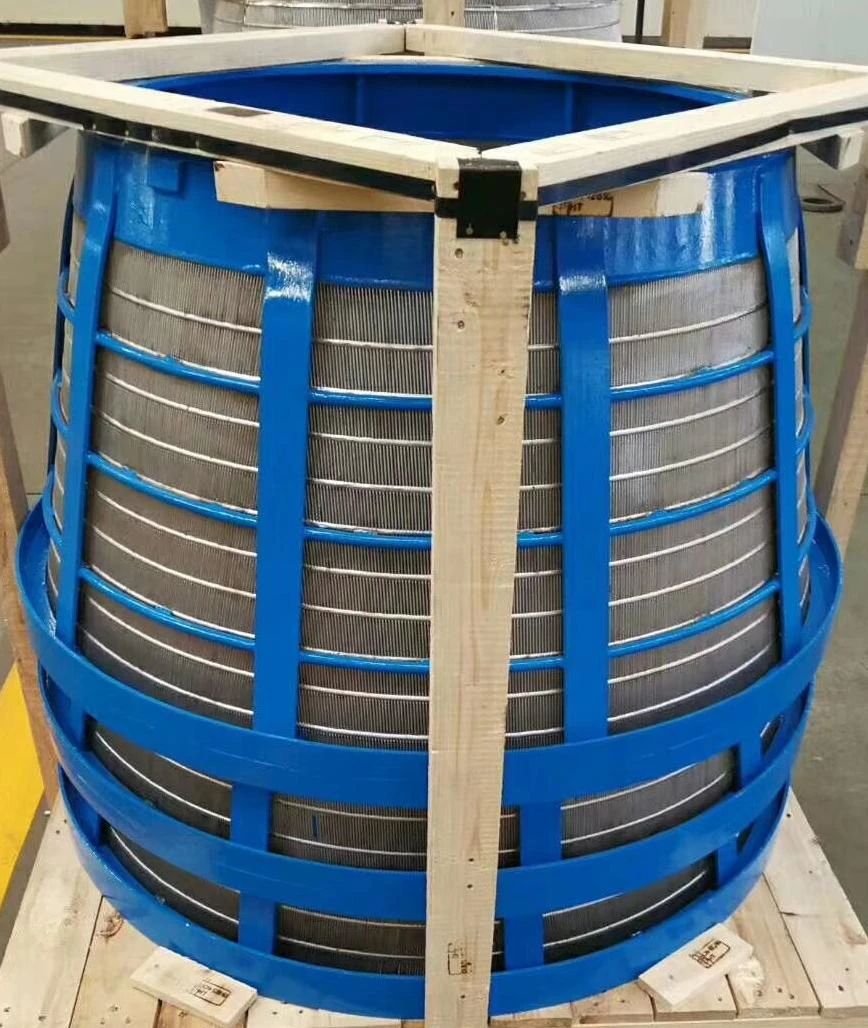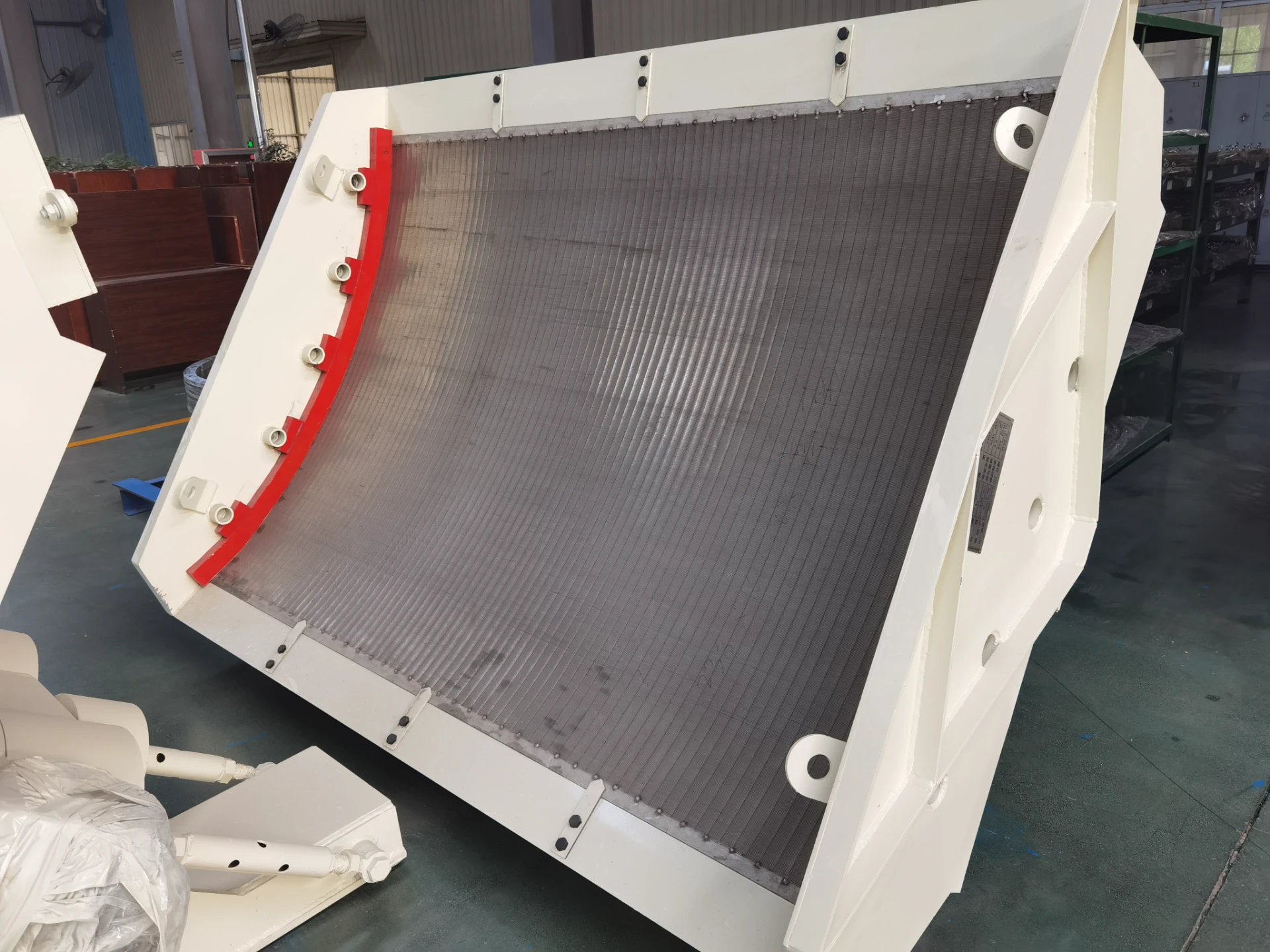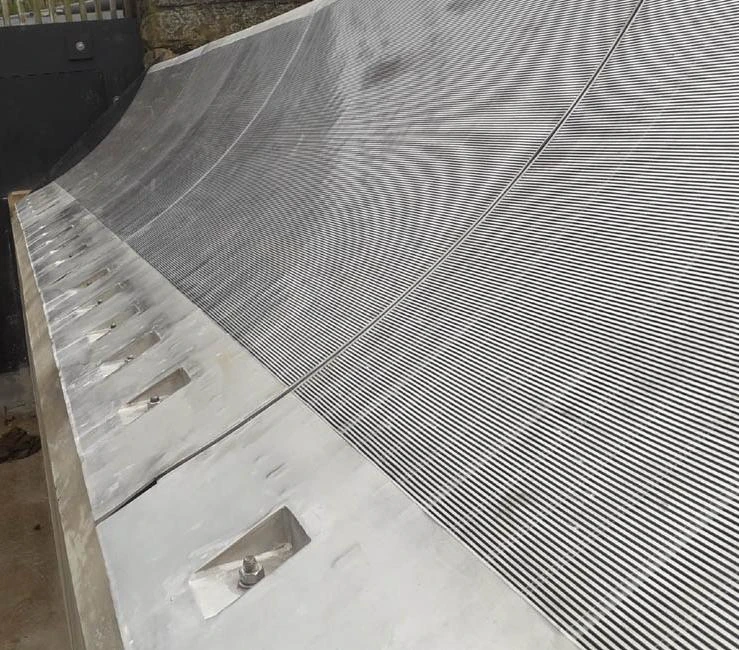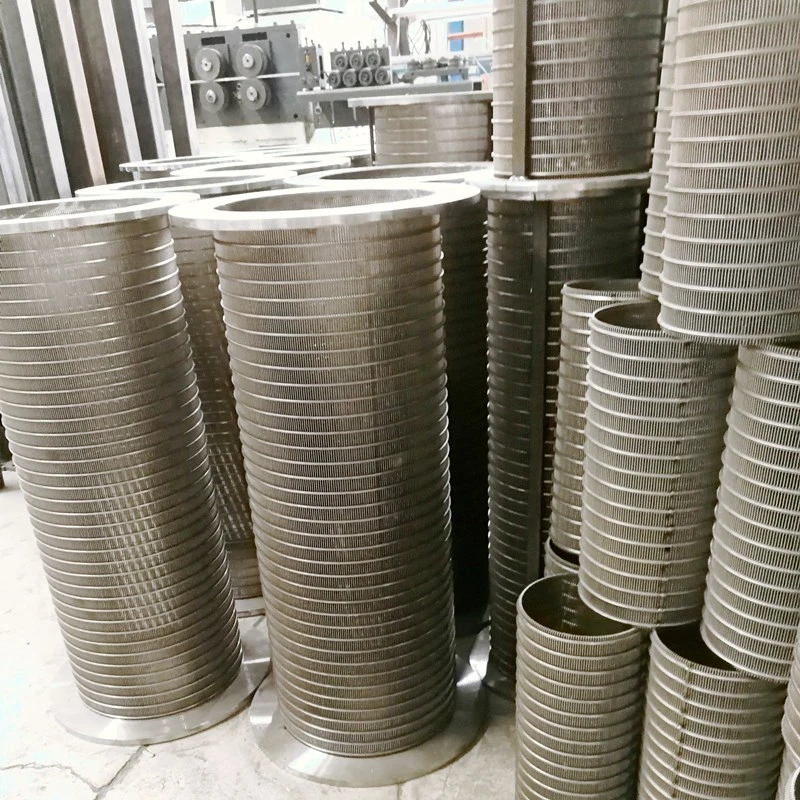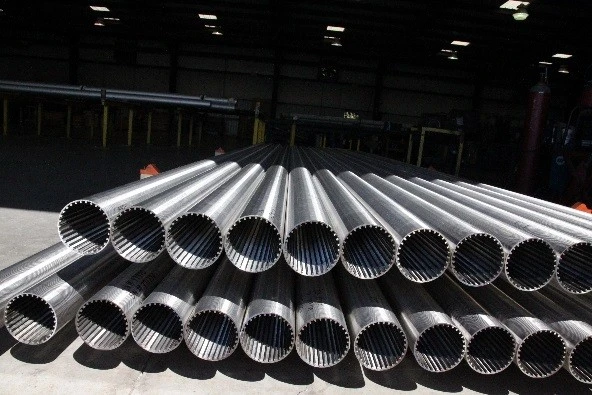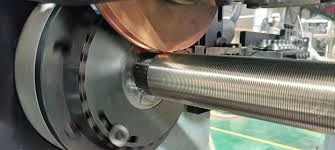1.Identification with copper sulfate
2.Remove the oxide layer on the steel, put a drop of water, wipe with copper sulfate, wipe if not discolored, generally stainless steel; If it becomes purple red, the non-magnetic is high manganese steel, and the magnetic is generally ordinary steel or low alloy steel.
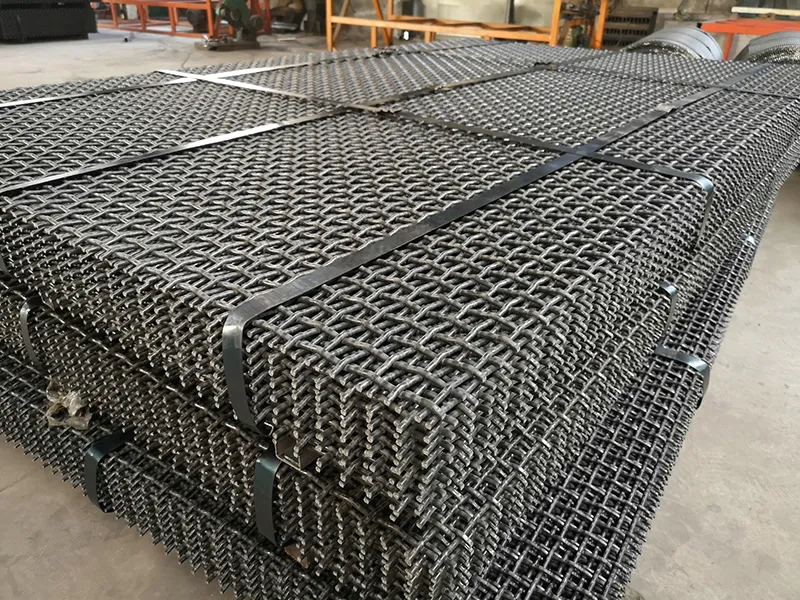
3.Identification with grinding
4.The identification with grinding is to grind the stainless steel on the grinder and watch the spark. If the spark is linear, and there are more dense nodes, that is, high manganese steel or manganese nitrogen steel with higher manganese content; If there is no knot, it is chromium steel or chrome-nickel stainless steel.
5.Identification with a magnet

6.Magnet can basically distinguish between the two types of stainless steel. Because chromium stainless steel can be attracted by magnets in any state; Chromium nickel stainless steel is generally non-magnetic in the annealed state, and some will be magnetic after cold processing. The magnetic situation of chromium-nickel-nitrogen stainless steel is more complex: some are non-magnetic, some are magnetic, and some are non-magnetic in the longitudinal plane and magnetic in the transverse plane. Therefore, although the magnet can basically distinguish between chromium stainless steel and chromium nickel stainless steel, it can not correctly distinguish some special properties of steel, but can not distinguish the specific steel number.

